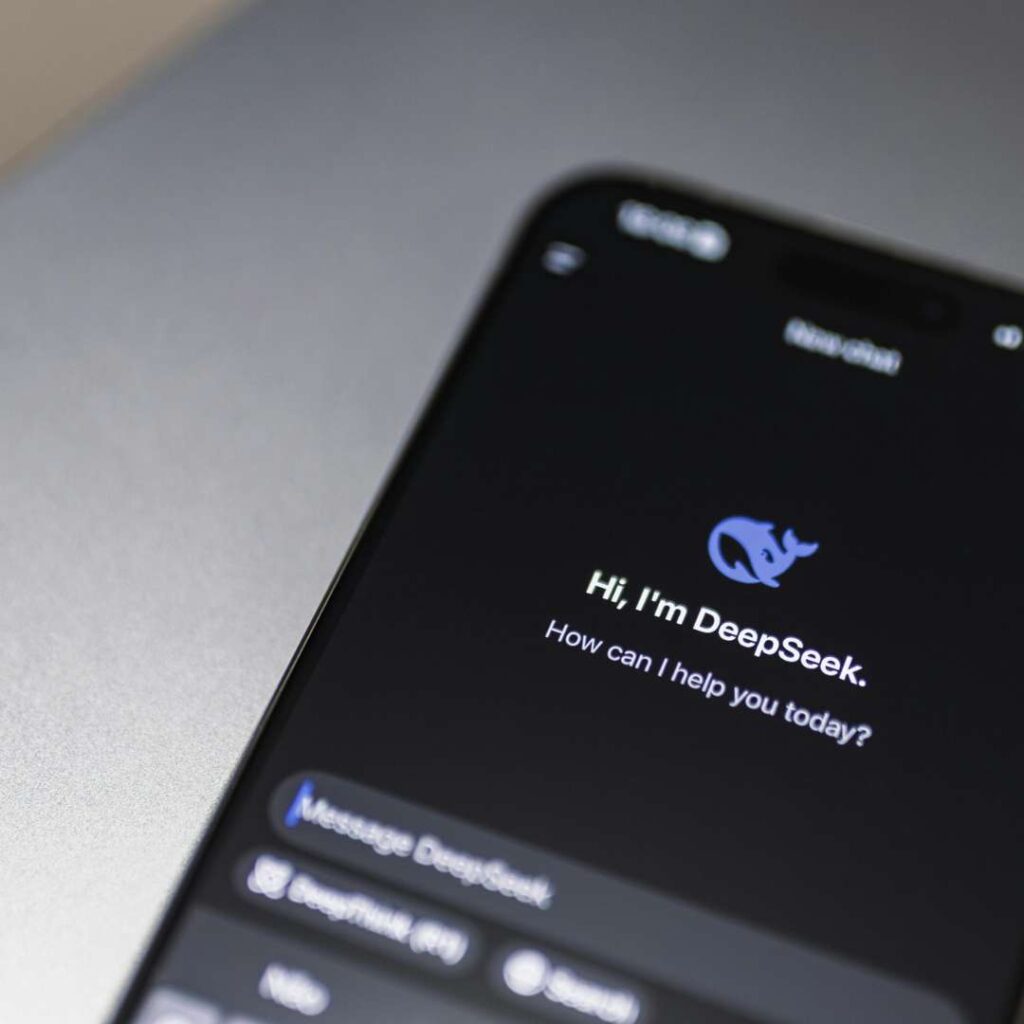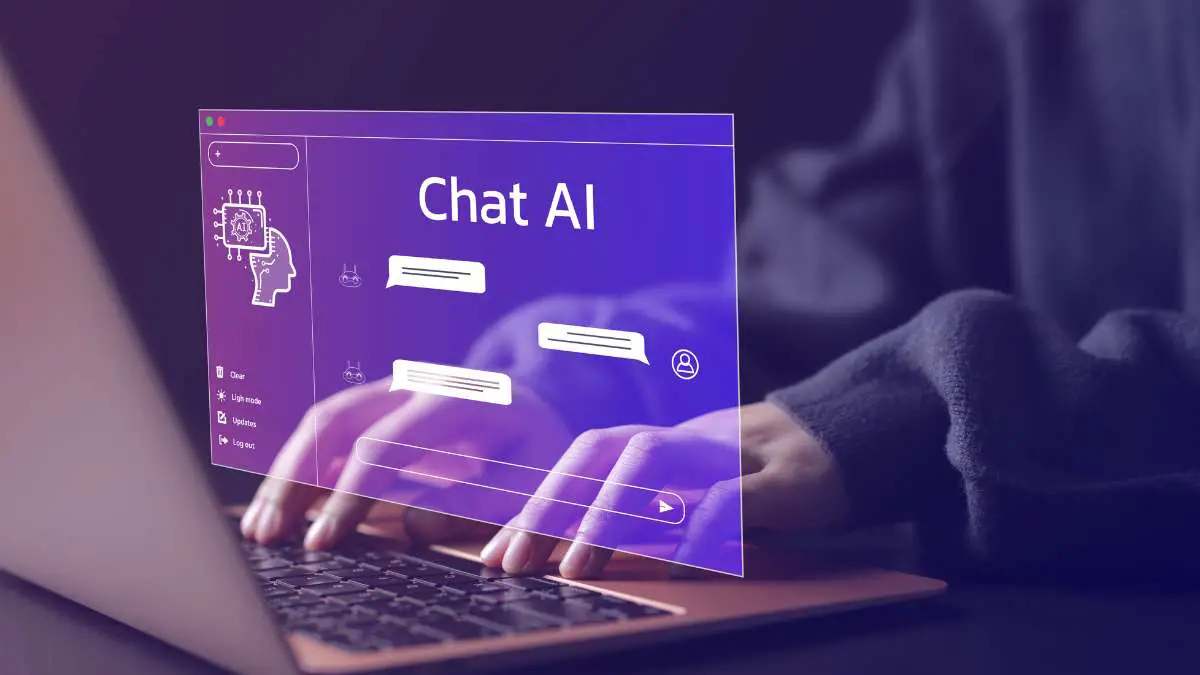Table of Contents
- Introduction
- Rethinking Content Creation
- Revolutionising Editorial Workflows
- Enhancing Metadata and Discoverability
- AI in Marketing and Audience Development
- AI for Rights and Licensing
- Ethical AI Use and Human Oversight
- Using AI to Support Accessibility and Inclusion
- AI in Data-Driven Publishing Strategy
- Training Staff and Building AI Fluency
- Conclusion
Introduction
Artificial Intelligence is no longer a distant buzzword—it’s a toolkit already embedded in the daily workflows of forward-thinking publishers. In 2025, the publishing industry finds itself standing at a compelling crossroads. On one side, there’s the traditional, time-tested method of developing and distributing content, often laden with manual processes. On the other side, there’s AI-driven innovation, promising speed, precision, and scalability. Those willing to learn and adapt will thrive, while those who hesitate might be left behind as the market evolves around them.
This isn’t a question of replacing human talent with machines. Instead, it’s about elevating human capability using AI as a creative and operational amplifier. AI can write, yes—but more importantly, it can structure metadata, analyse content performance, personalise marketing campaigns, and forecast market trends in ways that were previously labor-intensive or impossible. This write-up explores how publishers should use AI in 2025 to remain competitive, relevant, and reader-focused.
Rethinking Content Creation
Content creation is one of the most talked-about applications of AI, and for good reason. Large Language Models (LLMs) like GPT-4.5 and newer variants can draft high-quality prose, generate summaries, translate content across languages, and even mimic specific authorial tones. For publishers, this means faster editorial workflows and the ability to prototype ideas quickly.
But this doesn’t mean outsourcing entire manuscripts to a machine. Instead, publishers can use AI to support editorial teams with content ideation, outlining, and developmental editing. For example, AI assistance speeds up the generation of alternative headlines or back cover blurbs. Academic publishers can summarise lengthy research articles for marketing blurbs, peer review prompts, or metadata enrichment. AI can also suggest structural improvements to a manuscript, highlight inconsistencies, or detect inadvertent plagiarism, freeing up human editors to focus on nuance and voice.
In nonfiction and educational publishing, AI can help develop supplemental material such as quizzes, discussion questions, or glossary entries derived from the core content. These add-ons are traditionally time-consuming to create but are increasingly expected by educators and students. AI’s utility here doesn’t lie in perfect generation but in speeding up first drafts, which humans can then refine.
Revolutionising Editorial Workflows
Beyond content generation, AI is transforming editorial operations in less glamorous but highly impactful ways. For instance, automated copyediting powered by natural language processing (NLP) tools can flag grammatical issues, suggest stylistic improvements, and enforce consistency according to in-house style guides.
What’s more exciting is that AI can now operate across multiple languages with better contextual understanding. Multilingual publishers can streamline their editing workflows and improve the accuracy of translation, editing, and proofreading. AI can pre-check manuscripts for regional sensitivities, outdated terminology, and even gender bias.
Once tedious and error-prone, version tracking and manuscript comparison are now largely automated through AI-assisted platforms. These tools can compare different drafts and highlight changes efficiently, giving editors more time to focus on substantive issues. Collaborative environments integrated with AI also allow for real-time suggestions as authors and editors work on shared documents—an innovation that saves time and strengthens output quality.
Enhancing Metadata and Discoverability
No matter how brilliant a book is, it won’t sell if no one can find it. Metadata is the invisible backbone of book discovery, and AI is revolutionising how it’s created and managed. In 2025, AI-powered tools can extract keywords, generate BISAC and Thema codes, and create compelling descriptions based on the manuscript content—all in a fraction of the time it would take manually.
Using AI to enrich metadata not only improves discoverability across online platforms but also enhances sales performance. For example, AI tools can compare a book’s content and style with bestsellers in similar categories to generate optimised metadata. Some publishers are even using AI to dynamically update metadata based on search trends or reader behavior data, feeding this back into online listings to boost visibility.
For academic publishers, AI’s role in metadata extends into citation analysis and indexing. Tools can automatically extract references and link them to existing databases, reducing the workload for indexing teams. Integration with platforms like Crossref, ORCID, and Scopus is also becoming more seamless, allowing AI to update author and citation information more accurately and rapidly.
AI in Marketing and Audience Development
Marketing has become increasingly data-driven, and AI is taking this to a new level in 2025. Publishers can now use AI to segment audiences, personalise marketing campaigns, and automate A/B testing of email subject lines and ad creatives. The result? Smarter campaigns with higher conversion rates and less manual guesswork.
AI can analyse past campaigns and identify what kind of messaging resonates with specific audience groups. Want to market a new political memoir? AI can tell you how similar books performed on social media, what review snippets were most effective, and even what time of day yields the best email open rates for your target demographic.
Content recommendation engines, similar to those used by streaming platforms, are now being adopted by publishers to upsell books on their e-commerce platforms. These AI engines suggest books based on browsing history, reading patterns, or even highlight trends in a particular academic field. This kind of micro-personalisation not only drives sales but also builds long-term loyalty.
AI for Rights and Licensing
Rights management is another area ripe for AI-driven innovation. AI tools can automatically scan a manuscript to identify embedded third-party content, suggest licensing needs, and even recommend alternative royalty-free resources. This has dramatically reduced the legal and logistical risks associated with rights clearance.
In the world of translation and international licensing, AI helps track and manage contracts, identify markets with similar content interests, and predict which titles have the best chance of international success. Some AI platforms are now able to recommend co-publishing opportunities based on local sales data, linguistic compatibility, and genre popularity.
For digital-first publishers, AI is also being used to track piracy and unauthorised distribution. By crawling the web for illicit copies of ebooks and audiobooks, AI tools can alert publishers in real time and even automate takedown notices, providing a significant layer of digital rights protection.
Ethical AI Use and Human Oversight
As with any powerful technology, responsible use is paramount. In 2025, publishers are expected to establish clear ethical guidelines on how AI is used, especially in content creation and data handling. Transparency is key: if a book was significantly assisted by AI, readers deserve to know. Some publishers are now including AI disclosures in copyright pages or metadata entries.
Equally important is maintaining human oversight. AI can suggest, summarise, and generate, but it lacks the intuition, cultural sensitivity, and emotional intelligence that human editors and writers bring to the table. Editorial teams must review all AI-generated content and refine it to align with the publisher’s standards and voice.
Bias in AI is still a concern, particularly when the tools are trained on biased datasets. Publishers need to audit these tools and ensure they are not propagating stereotypes or misinformation. Regular training and upskilling of editorial and production staff on AI use is not optional anymore—it’s a critical investment.
Using AI to Support Accessibility and Inclusion
AI is opening up new avenues for accessibility. In 2025, it’s easier than ever to produce multiple formats from a single manuscript. AI can automatically generate EPUB3-compliant files, audio narration, and even Braille-ready documents with high accuracy. This helps publishers meet global accessibility standards and reach underserved reader segments.
Real-time translation and subtitling are also more advanced, making international publishing and multilingual content production faster and more cost-effective. AI tools can flag language that might be non-inclusive and suggest culturally sensitive and more appropriate alternatives for diverse readerships.
Moreover, AI can help publishers audit their existing backlist for accessibility gaps. Titles that were once only available in print can be rapidly assessed and converted into inclusive formats, giving them a second life and expanding readership without a massive resource outlay.
AI in Data-Driven Publishing Strategy
AI doesn’t just enhance individual workflows—it’s becoming the strategic nerve center of many publishing operations. Predictive analytics is helping publishers make better decisions on which manuscripts to acquire, what price points to set, and how to position titles in competitive markets.
Sales forecasting tools now analyse variables far beyond past sales numbers—they incorporate social trends, seasonal behavior, influencer activity, and even political climates to predict demand. This allows for smarter inventory decisions and marketing spend allocation.
Editorial planning is also benefiting from AI. Instead of relying solely on publisher instinct or author proposals, publishers can analyse content gaps in specific markets, identify trending subgenres, and prioritise book development in response to measurable reader interest. This kind of evidence-based publishing reduces risk and increases the chance of commercial and critical success.
Training Staff and Building AI Fluency
The most successful publishing teams in 2025 aren’t just using AI—they’re fluent in it. AI is not a plug-and-play solution; it requires understanding, calibration, and strategic intent. This means publishers must invest in training programs that cover both the technical and ethical use of AI.

Workshops, certifications, and cross-functional collaboration are becoming part of the norm. Editors are learning prompt engineering and data analysts are understanding content strategy. It’s this cross-pollination of skills that leads to truly innovative uses of AI within publishing houses.
Moreover, publishers are developing internal AI governance policies to ensure that tools are used responsibly and in alignment with company values. These frameworks help standardise use across departments and reduce redundancy, bias, or misuse.
Conclusion
AI in 2025 isn’t a threat to publishing—it’s a transformation engine. When approached strategically, it enhances creativity, boosts efficiency, and deepens engagement with readers. But the key word here is “strategically.” AI is not about doing everything faster; it’s about doing the right things smarter. For publishers, this means adopting AI thoughtfully—augmenting human talent, protecting creative integrity, and leaning into innovation with a clear sense of purpose.
Publishers who embrace this shift, develop in-house expertise, and maintain a human-first editorial mindset will not only survive—they will lead. From metadata to marketing, accessibility to acquisition, AI is no longer optional. It’s the new infrastructure of intelligent publishing.
